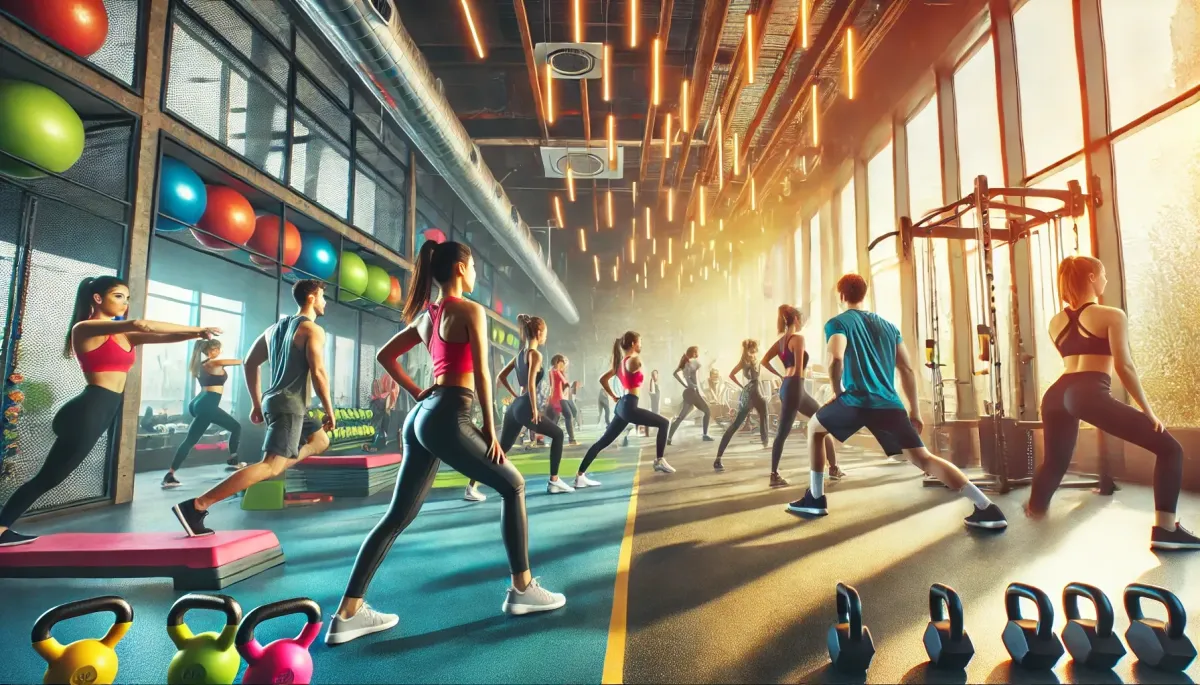
Warm Up: Your Secret Weapon
LEVEL UP WEEKLY
Powered by


Level Up Weekly Has Arrived!
"Greatness is a lot of small things done well. Over and over and over. Stay consistent" -Ray Lewis
Warm Up: Your Secret Weapon
Warming up before a workout, practice, game, or any physical activity is crucial. It's easy to skip this step and rush into your routine, but a good warm-up can significantly improve your performance and reduce your risk of injury.
Why Warm Up?
A proper warm-up:
Prepares your body: It gradually increases your body temperature, improving muscle elasticity and reducing the risk of injury.
Enhances performance: Increased blood flow delivers oxygen and nutrients to your muscles, improving performance and reducing fatigue.
Mobilizes joints: Warming up your joints increases range of motion and reduces stiffness.
Mentally prepares: A good warm-up can help you focus and get into the right mindset.
Let's Break Down the RAMP Protocol
RAMP is a structured warm-up protocol designed to help you optimize your performance and reduce your risk of injury. It stands for:
Raise- Focus on increasing heart rate, respiratory rate, blood flow, body temperature and fluid viscosity of the joints. Increasing heart & respiratory rate allows oxygen to get to our working muscles faster, increase body temperature helps reduce friction between tissues and increased fluid viscosity helps our joints move better with less resistance or friction.
Example: walking/jogging on treadmill, assault bike, jump rope or elliptical
Activate & Mobilize: Activate and mobilizing muscles and joints based on movement patterns and muscle groups that we are going to be primarily using in the upcoming activity. Focus is going to be dynamic movements as static stretching decreases force output and performance. (save the static stretches for after the activity) Mobilizing major joints such ankle, knees, hips, spine, shoulders depending on the activity and movement patterns to follow
Examples:
For sports: hip gaits, high knees, butt kicks, a skip, b skip, ankle dribbles, cherry pickers, bounding
For upper body: banded pull a parts, shoulder cars, shoulder circles, I,Y,T, trunk rotation
For lower body: hip cars, 90/90, kneeling hip/ankle opener, squat walk downs,
Potentiate- Priming the nervous system for the activity. Mimic the activity at a lesser intensity and prime the nervous system for the upcoming activity.
An example for squats would be warming up with the bar and gradually building intensity until you hit your working set. For sports and activity it may mean plyometrics with building of intensity.
Remember
Keep it Simple: A 5-10 minute warm-up is usually sufficient.
Listen to Your Body: Adjust your warm-up based on how you feel.
Don't Overdo It: A long, intense warm-up can lead to fatigue.
By following the RAMP protocol, you can optimize your workouts and minimize your risk of injury. Remember to listen to your body and adjust your routine as needed. If you have any questions or concerns, consult with a healthcare professional.
"Ready to RAMP up your workouts? Schedule a consultation with our physical therapists today!"

Stretch Your Brain
Test your knowledge weekly. Learn something new and challenge your brain! Answer below!
1. How many bones are in one hand?
A. 28
B. 27
C. 30
D. 18
2. What is the sound called when you crack your knuckles or back?
A. Crepitus
B. Mobilize
C. Grind
D. Cavitation
Experience The Difference
Hear what our clients have to say about us!

Quiz Answers:
Question 1. B. 27 ..... 8 carpel bones (wrist bones), 14 phalanges (finger bones) and 5 metacarpal bones
Question 2. D. Cavitation happens when nitrogen gas is released from the synovial fluid in joints



